How to Choose the Best Enrobing Belt
Choosing the right chocolate enrobing belt can transform your production. The right system improves coating quality, reduces waste, and saves labour. The wrong one becomes an expensive bottleneck. In this guide, we compare four key brands—Pomati, Chocolate World, FBM Boscolo, and Selmi—from the perspective of real chocolatiers and pastry shops, especially in the Canadian market.
1. What Really Matters in an Enrobing Belt
Before looking at brands, it’s important to understand the core features that influence daily work:
- Belt width: 180–600 mm depending on your volume and product size.
- Speed control: Variable speed is essential for different fillings and coating thicknesses.
- Chocolate curtain quality: Single or double curtain for even coverage.
- Air blower and vibration: To remove excess chocolate and eliminate bubbles.
- Ease of cleaning: Fast disassembly saves hours every week.
- Compatibility: Integration with your tempering machine and, ideally, a cooling tunnel.
- Voltage and installation: Matching Canadian electrical standards (110V / 220V single-phase where possible).
- Local support: Access to parts, service, and technical help in Canada.
2. Pomati – The Professional Workhorse
Pomati is an Italian manufacturer known for robust construction and reliable chocolate equipment. Their enrobing belts are available in multiple widths (180 mm, 250 mm, 400 mm and beyond), making them suitable for growing artisan businesses.
Strengths:
- Sturdy stainless-steel build designed for continuous use.
- Stable belt movement and consistent chocolate curtain.
- Adjustable blower and vibration table for clean finishes.
- Excellent integration with Pomati tempering machines.
- Good balance between professional performance and investment cost.
Best for: Chocolatiers and bakeries that need a reliable “workhorse” for daily production, with room to grow.
3. Chocolate World – Compact and Ideal for Artisan Production
Chocolate World, based in Belgium, offers compact enrobing belts (for example 180–200 mm width) that are perfect for artisan chocolatiers and pastry shops with limited space.
Strengths:
- Compact footprint, ideal for small- to medium-sized workshops.
- Very user-friendly controls and straightforward operation.
- Excellent for pralines, bars, biscuits, fruits, and ganache slabs.
- Good match for Chocolate World tempering machines and for businesses moving from hand-dipping to semi-automatic production.
Best for: Artisan chocolatiers and pastry shops that want professional enrobing quality without the complexity or cost of a full industrial line.
4. FBM Boscolo – Flexible and Modular for Growing Businesses
FBM Boscolo (Italy) is well-known in the bean-to-bar and professional chocolate world. Their enrobing belts are often designed to integrate with their tempering machines and can be configured for different widths and layouts.
Strengths:
- Good modularity and configuration options.
- Solid integration with FBM tempering lines.
- Appropriate for businesses that plan to scale production over time.
Best for: Producers who want a flexible system and are thinking long-term about capacity and layout.
5. Selmi – Premium Brand, But Not Always the Best Fit
Selmi is a very well-known name in the chocolate machinery world, often associated with industrial or high-end setups. However, for many small and medium-sized businesses—especially in Canada—it may not be the most practical choice.
Important considerations and disadvantages:
- Higher investment level: Selmi systems are typically priced at a premium compared to many Pomati, Chocolate World, or FBM configurations. For artisan production, this premium is not always justified by the actual production needs.
- Scale and size: Many Selmi lines are designed for larger volumes. For a small or medium workshop, they can feel oversized, heavier to move, and more demanding in terms of space and infrastructure.
- Electrical requirements: Depending on the model, some Selmi equipment is configured primarily for European three-phase setups, which may require more complex electrical work in Canadian facilities.
- Total cost of ownership: Beyond the purchase price, shipping, installation, and maintenance can be more expensive and less flexible for smaller operators compared to more compact systems.
Selmi remains a strong brand, but for many artisan chocolatiers, more compact and cost-efficient solutions from Pomati, Chocolate World, or FBM Boscolo can be a better strategic choice.
6. How to Decide What’s Best for Your Workshop
When choosing your enrobing belt, ask yourself:
- How many kilos of coating do I realistically need per day?
- What products will I enrobe most often (truffles, bars, cookies, slabs, fruits)?
- How much space do I have for the line (tempering + enrober + cooling)?
- Do I need the most compact solution, or am I preparing for significant growth?
- What is my real budget, including installation and service?
For many Canadian chocolatiers and pastry shops, the ideal path is:
- Start with a compact professional enrobing belt from Chocolate World or a smaller Pomati or FBM Boscolo system.
- Choose equipment that matches the existing voltage and space.
- Prioritize brands with reliable support and readily available spare parts.
In short, Selmi is a strong name, but not always the most efficient or cost-effective solution. For most artisan producers, Pomati, Chocolate World, and FBM Boscolo offer a better balance of performance, investment, and practicality.
Ready to upgrade your enrobing line? Choose a belt that matches your real production needs, not just a logo.

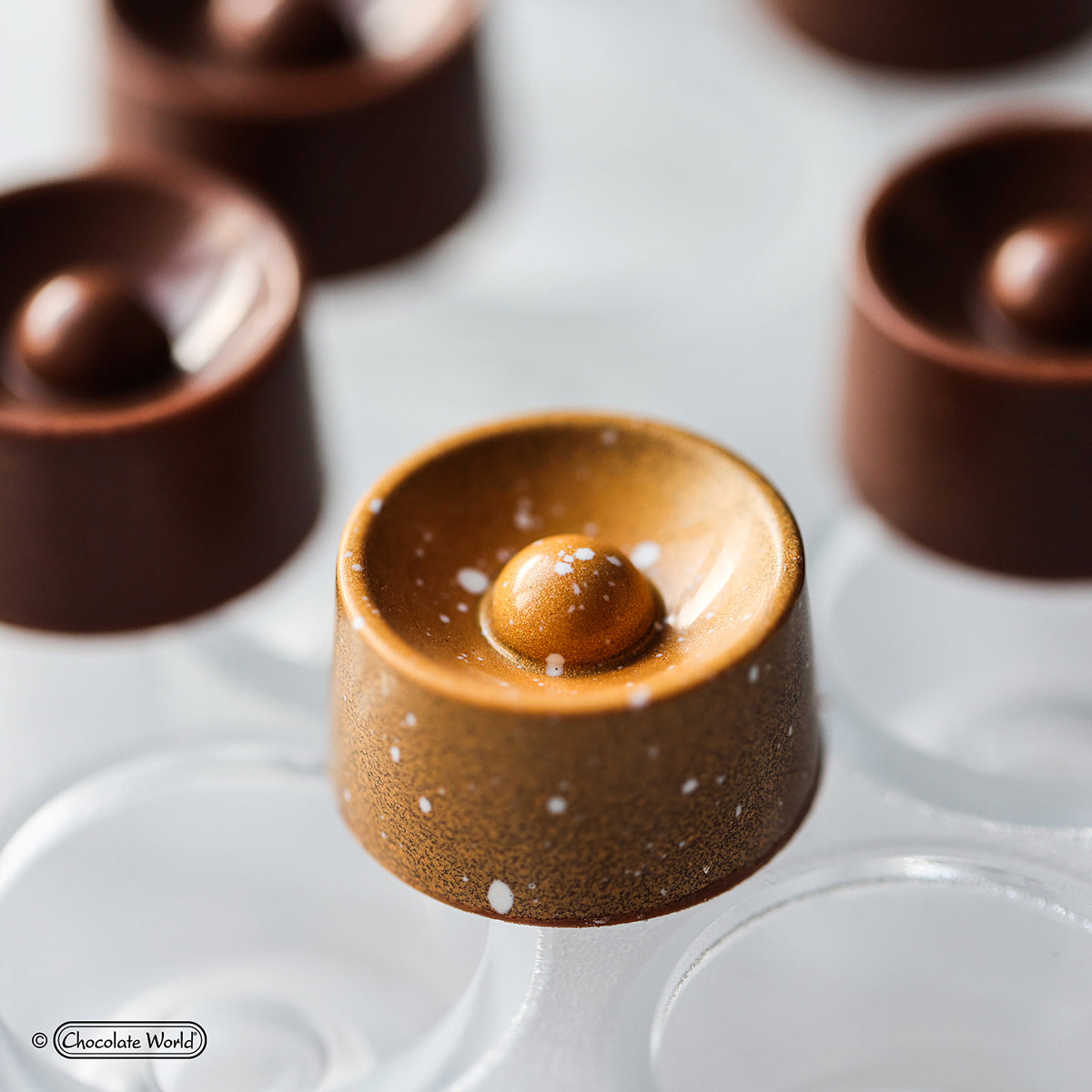
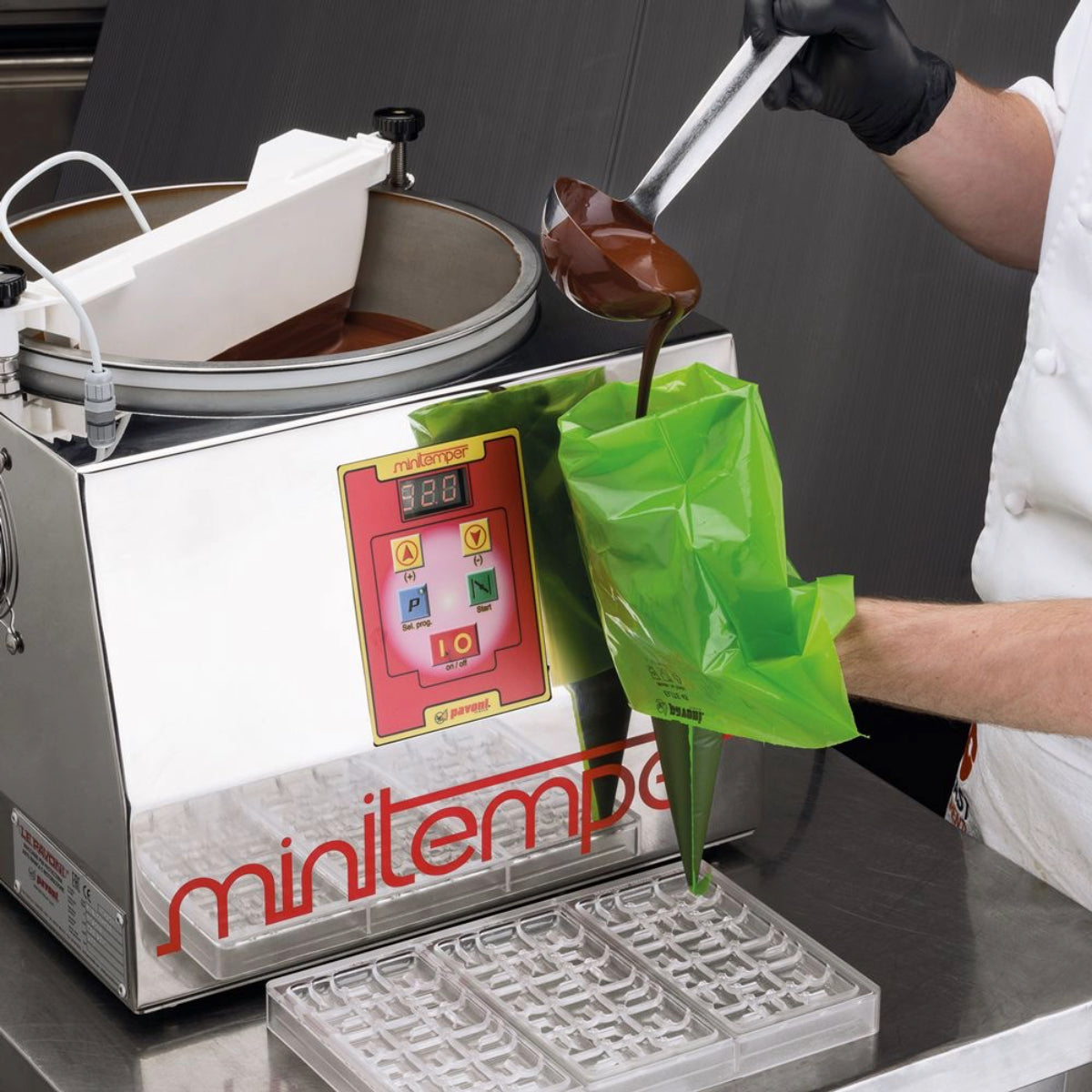
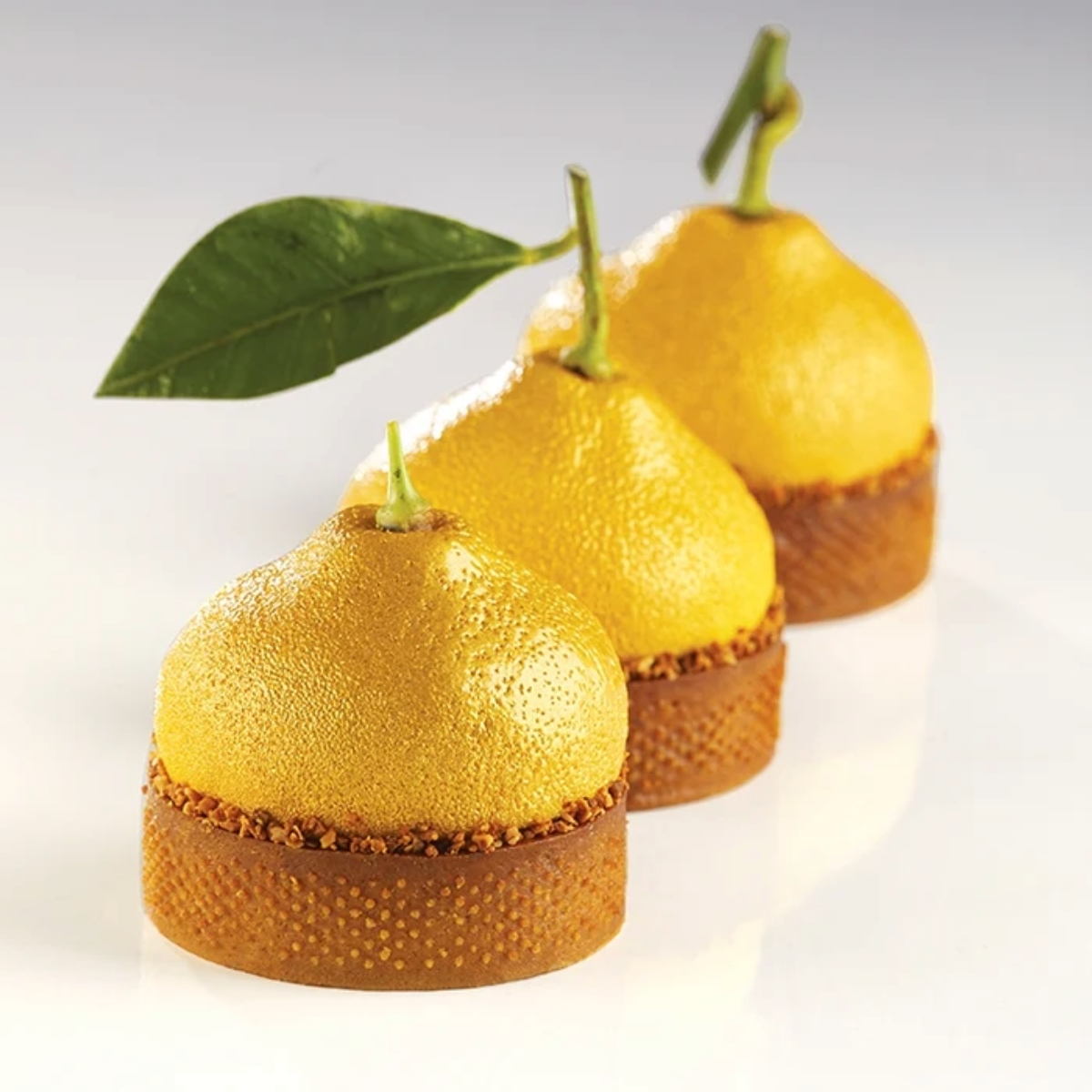
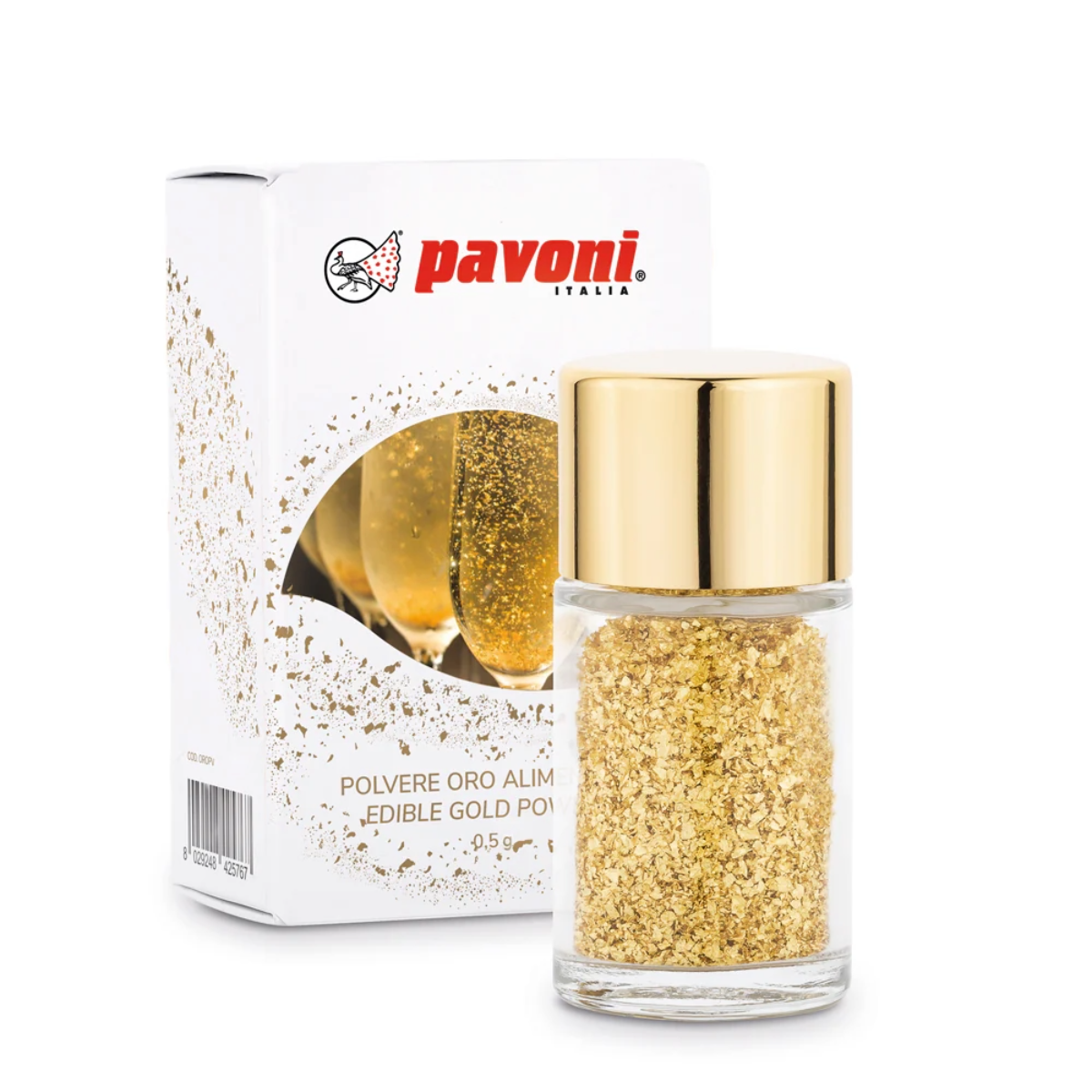

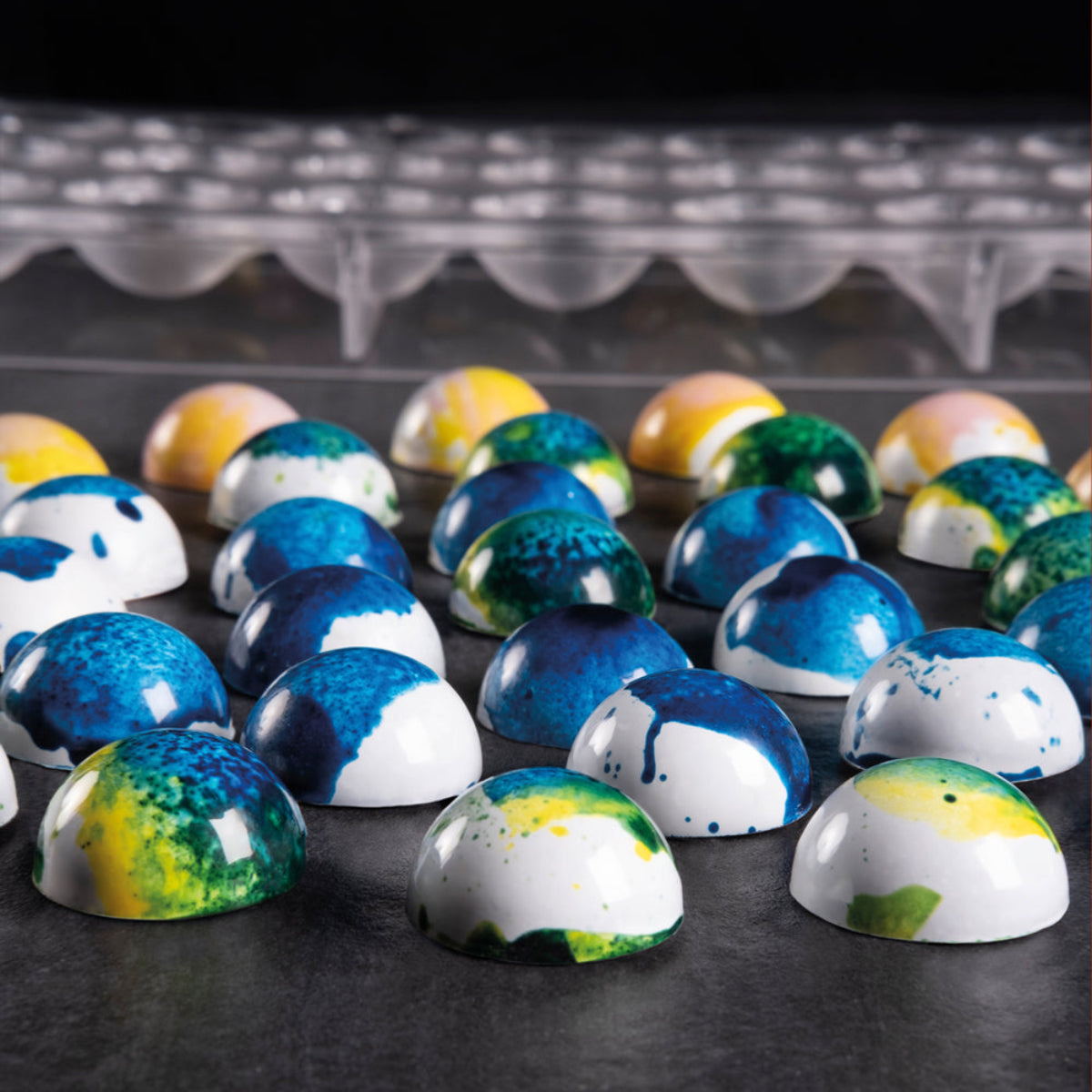



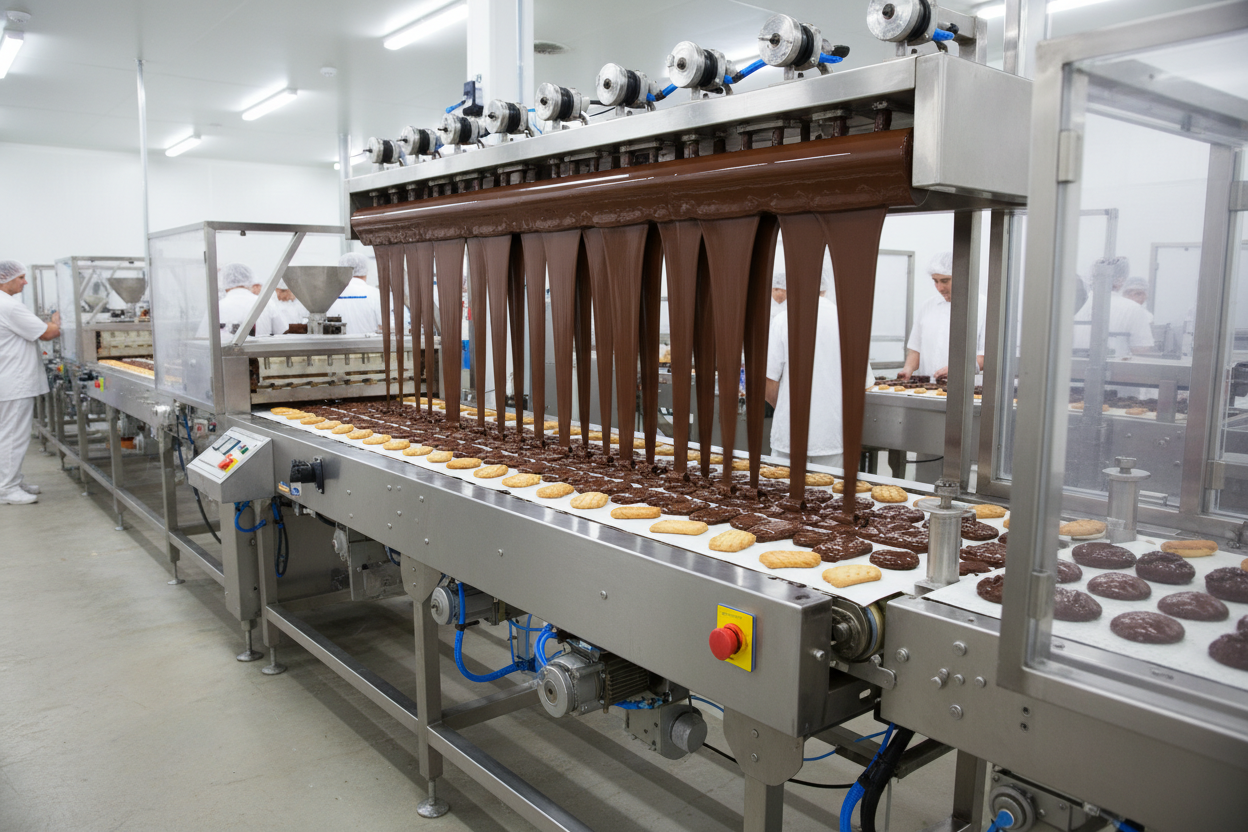
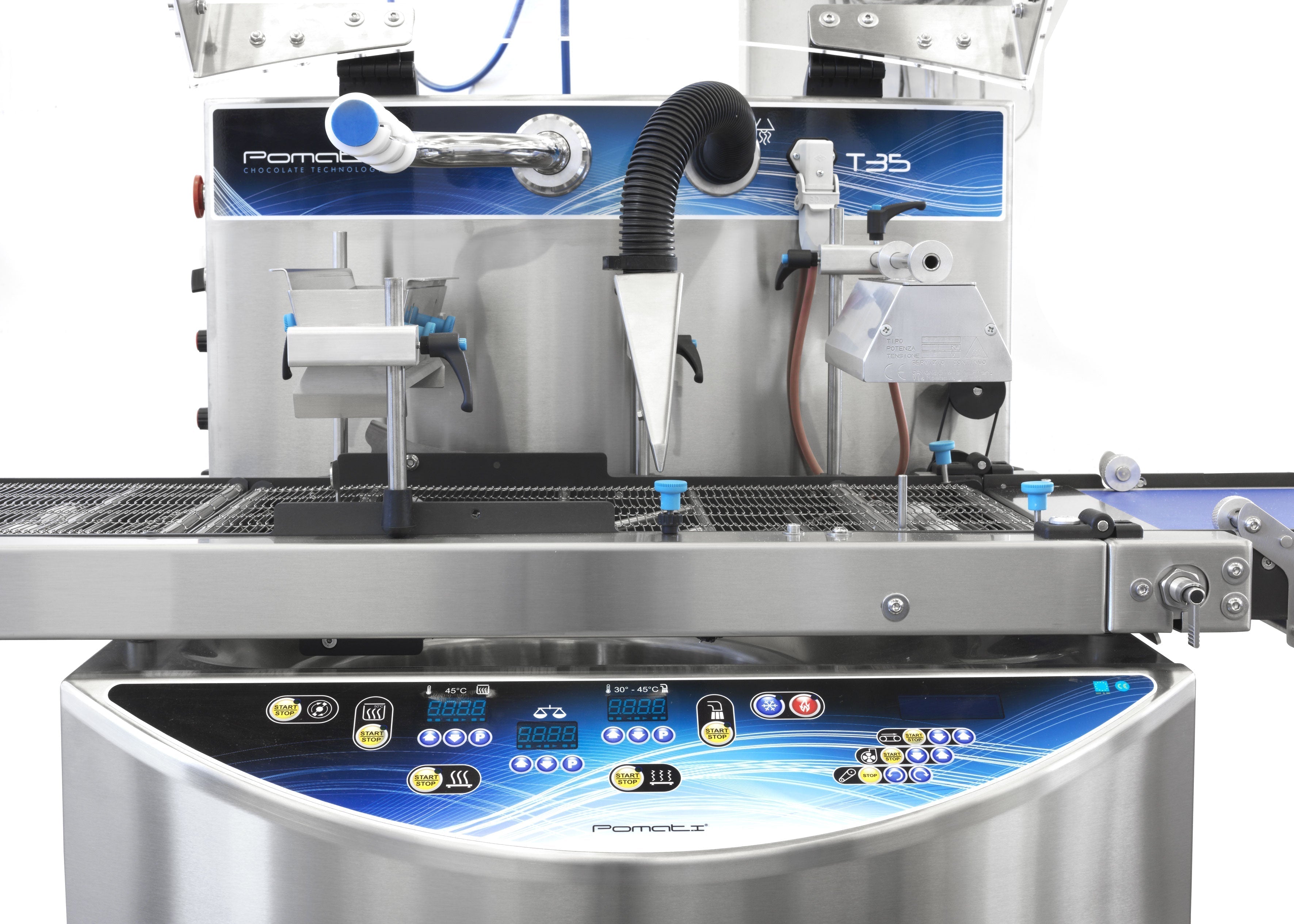
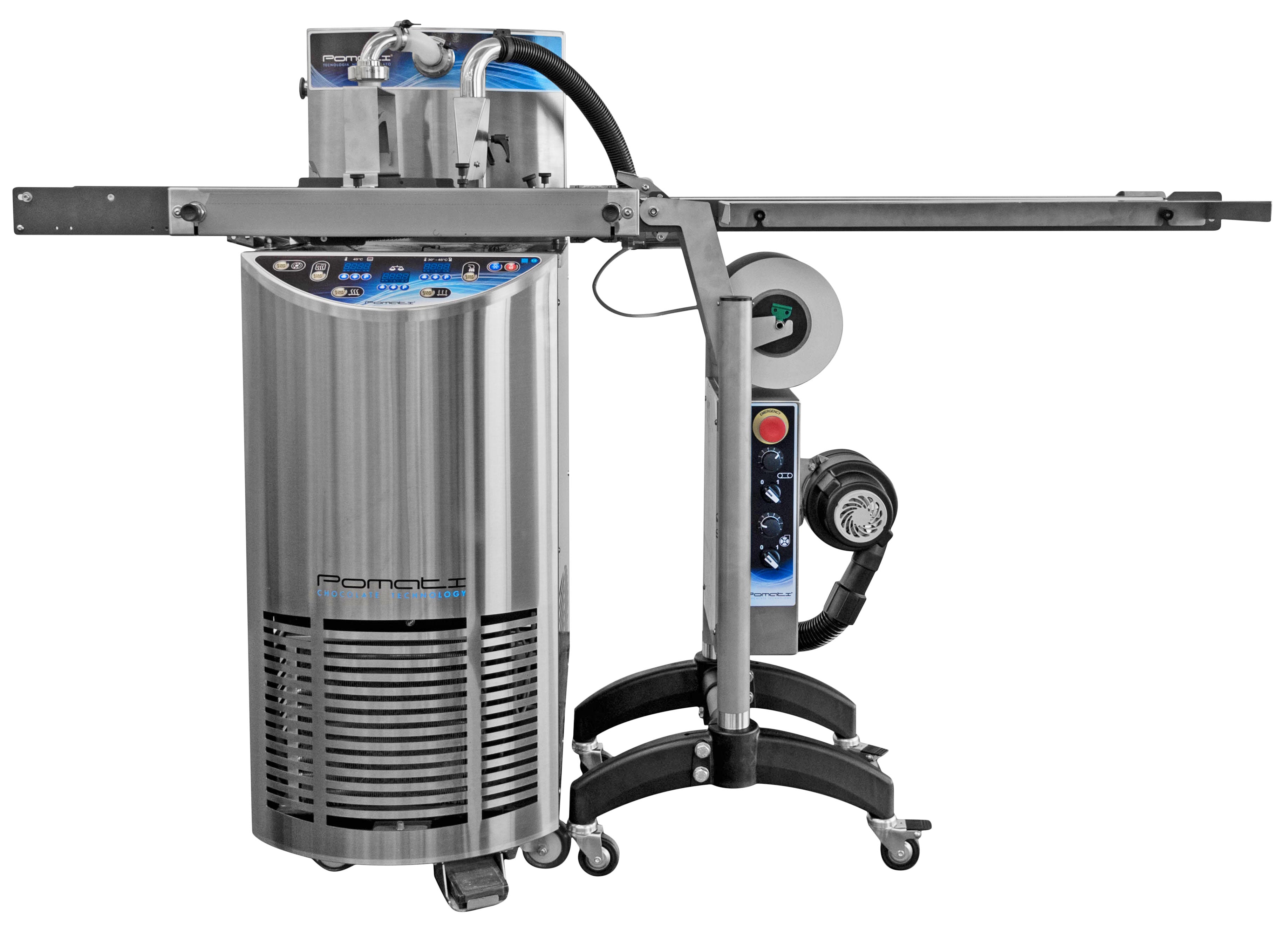


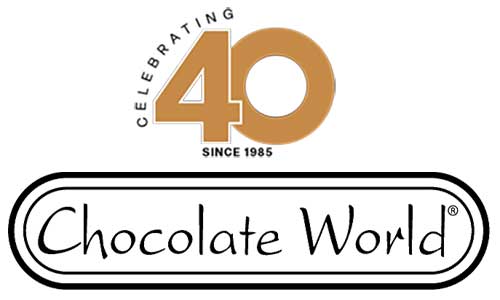

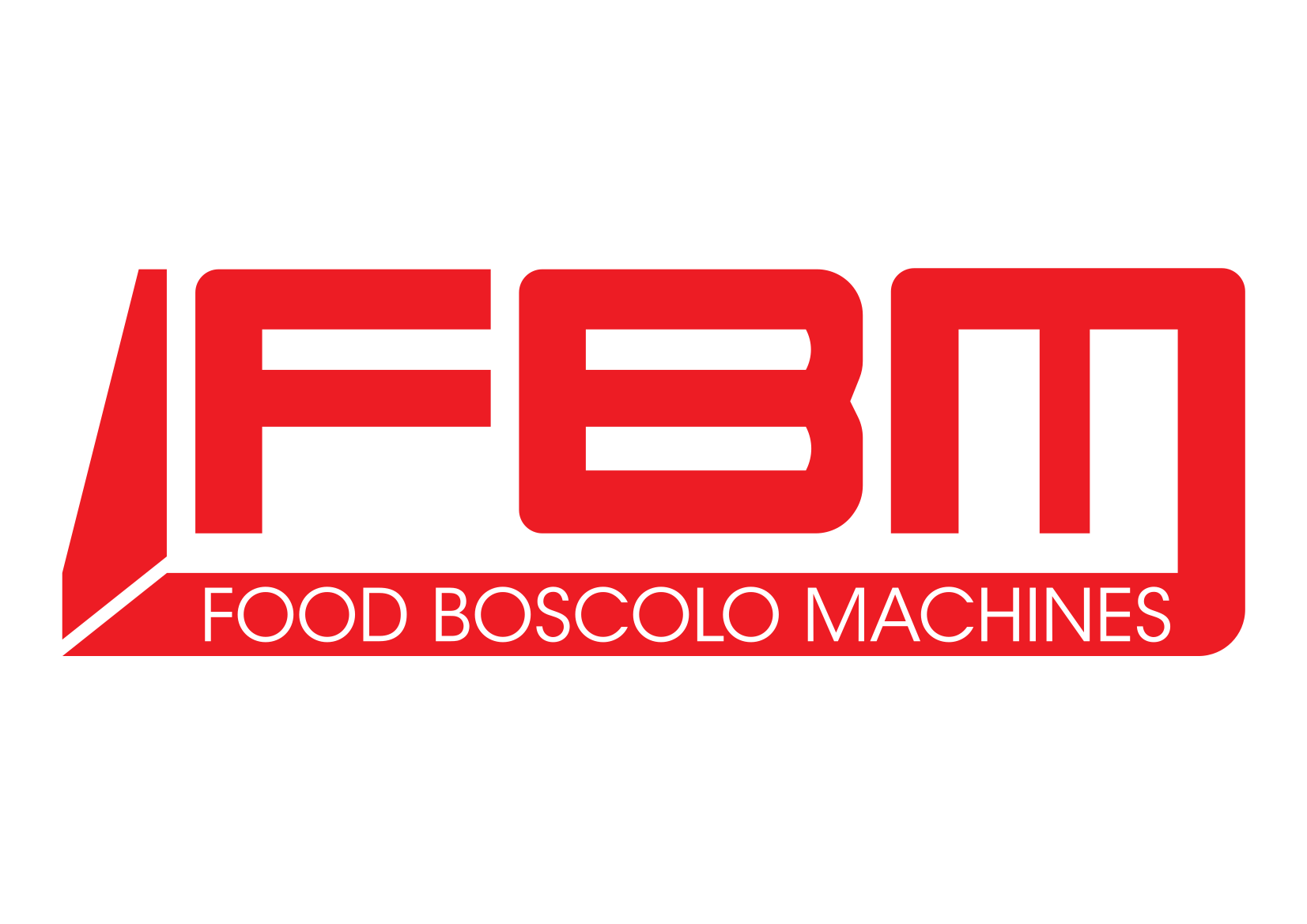
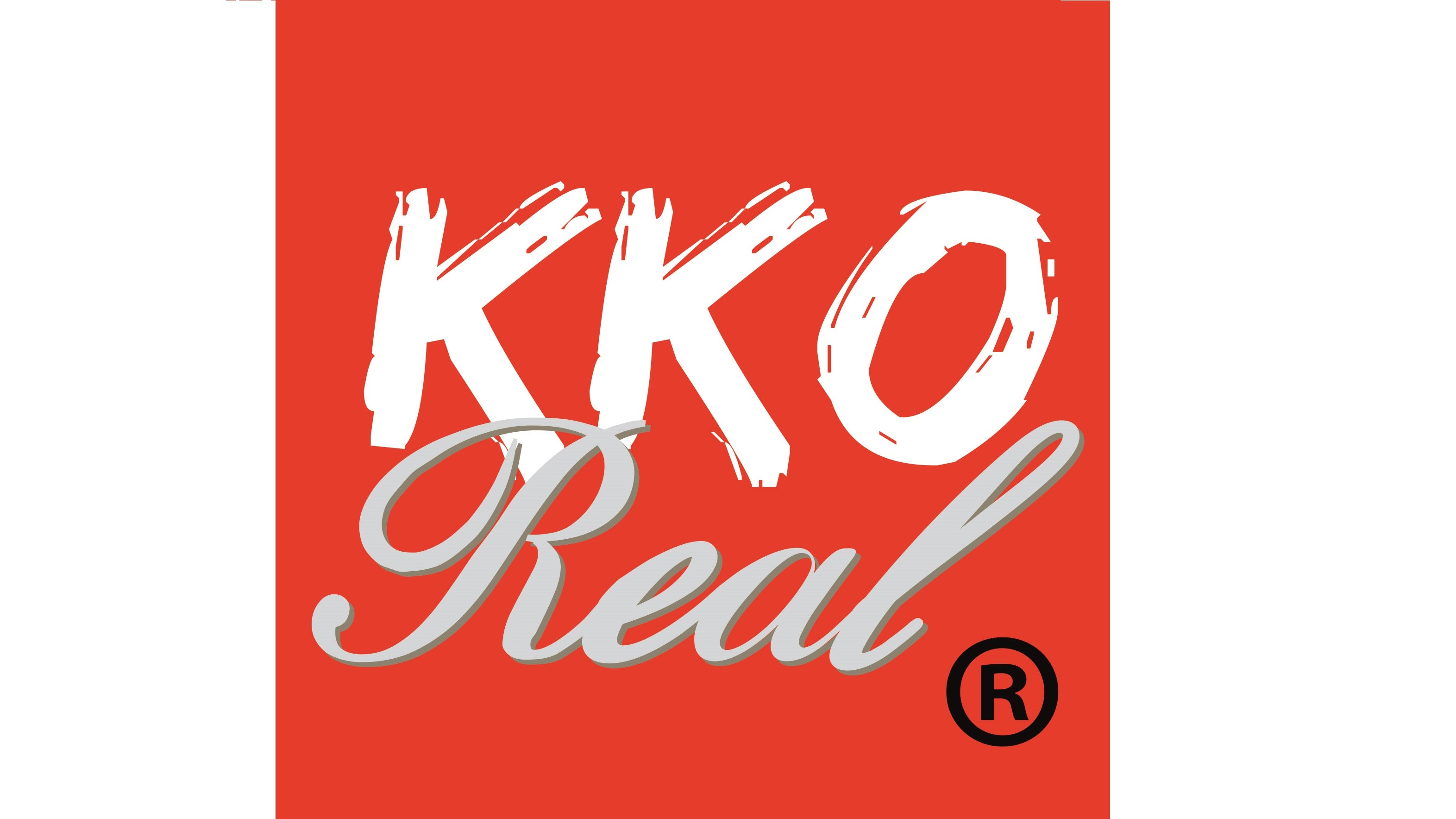

















Laisser un commentaire
Tous les commentaires sont modérés avant d'être publiés.
Ce site est protégé par hCaptcha, et la Politique de confidentialité et les Conditions de service de hCaptcha s’appliquent.